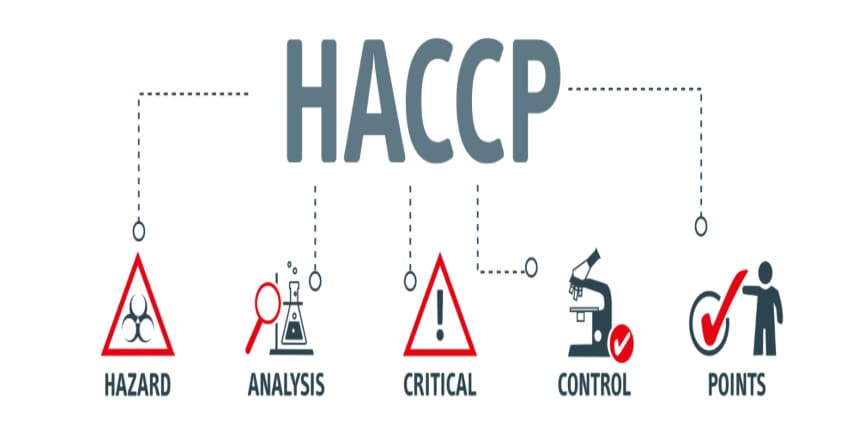HACCP Full Form
What is the full form of HACCP?
Hazard Analysis and Critical Control Point is the full form of HACCP. HACCP is a management method that addresses food safety by analysing and controlling biological, chemical, and physical hazards throughout the production, handling, and distribution of raw materials and the manufacture, distribution, and consumption of finished goods. It is an internationally recognised certificate that verifies the safety of processed foods like bread, cakes, biscuits, and other baked goods. The Food and Drug Administration suggests the HACCP method in its Model Food Code because it is "the most effective and efficient way to assure those food items are safe" (1999 FDA Model Food Code).

Importance of HACCP
By detecting and eliminating potential hazards that could arise from raw materials, facility operations, and human error, proper HACCP programme execution helps lower the probability of customer complaints or recall. A HACCP program's increased staff awareness promotes the ongoing development of a business's products and procedures.
The FDA's Food Safety Modernization Act (FSMA) rule for food processors, known as Hazard Analysis and Risk-based Preventive Controls ("HARPC" or "Preventive Controls"), also aligns with the HACCP concepts. Therefore, a HACCP plan is the finest foundation to develop a management system that complies with the FSMA, even though it still needs to fulfil all requirements.
Principles of HACCP
HACCP is a methodical technique based on the following seven principles for identifying, assessing, and controlling food safety hazards:
1. Conduct a hazardous analysis.
2. Determine Critical Control Points (CCPs)
3. Establish Critical Limits
4. Establish Monitoring Procedures
5. Establish Corrective Actions
6. Establish verification procedures
7. Establish record-keeping and documentation procedures